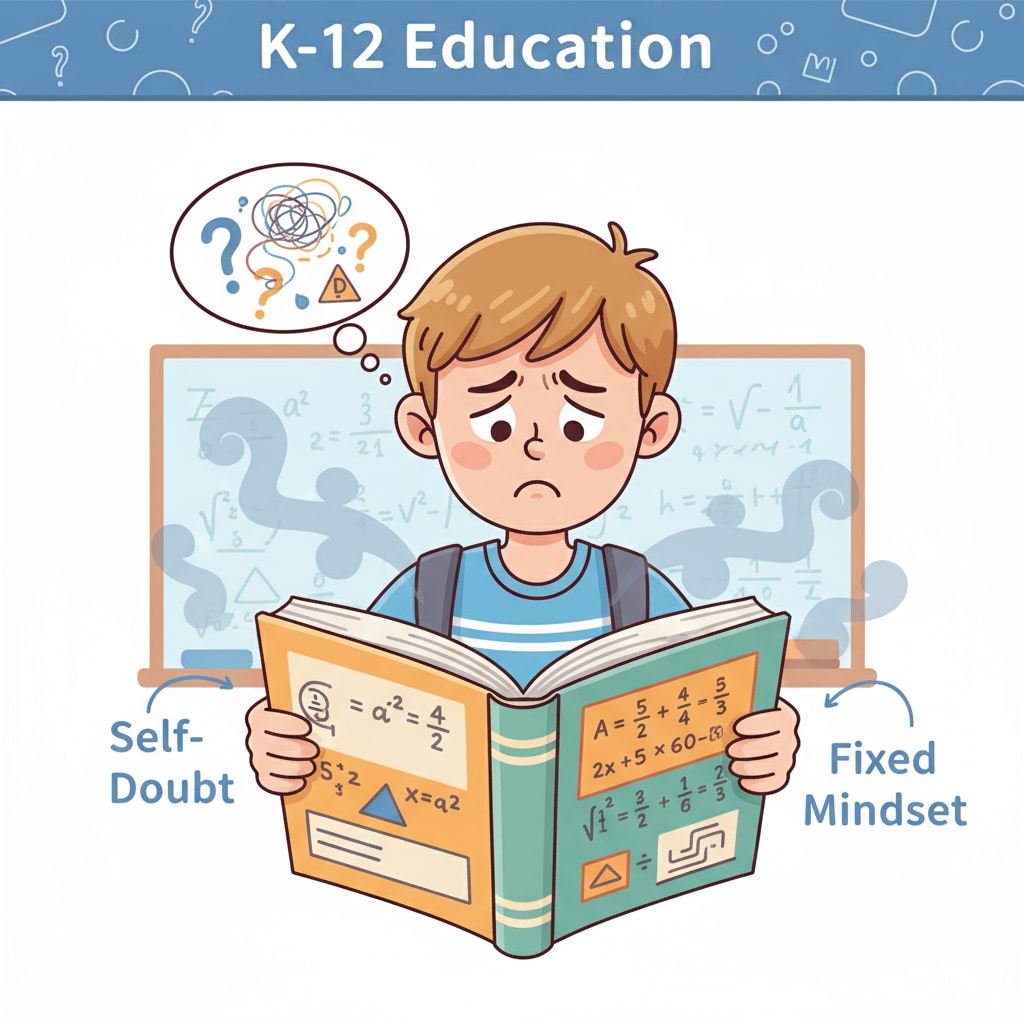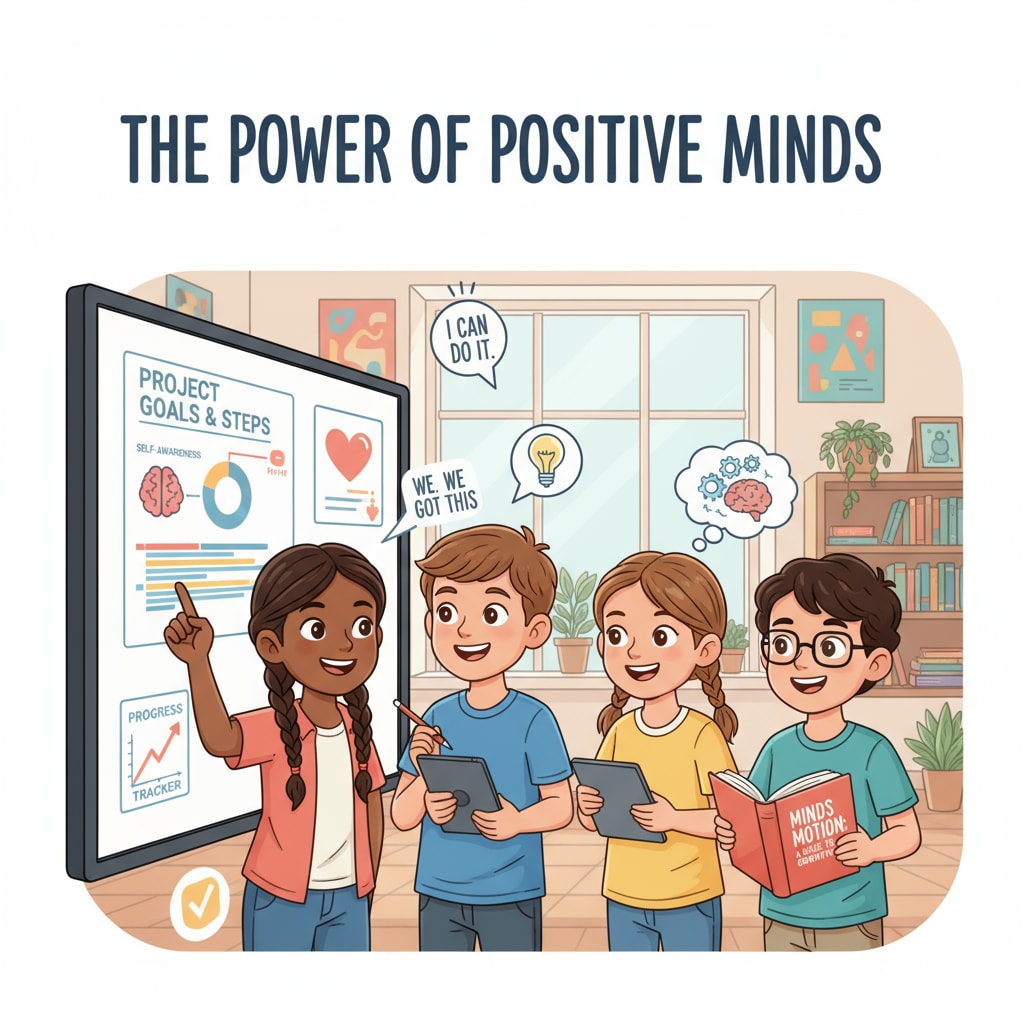Intellectual disabilities, self-cognition, and learning experiences often intertwine in complex ways for K12 students. Many students in the K12 system find themselves grappling with self-doubt regarding their intellectual capabilities. This self-doubt can significantly impact their learning journey.

The Prevalence of Self-Doubt in K12
It’s not uncommon for K12 students to question their intelligence. As they face various academic challenges, such as difficult assignments and high-stakes tests, feelings of inadequacy may surface. For example, a student who struggles with math might start to believe they are not smart enough. According to the American Psychological Association’s research on education, this self-doubt can be a major obstacle to learning.

Factors Contributing to Cognitive Bias
There are several factors that contribute to this cognitive bias. One major factor is the pressure to achieve high grades. Parents, teachers, and society often place a great emphasis on academic performance. As a result, students may equate their grades with their intelligence. In addition, peer comparison also plays a role. When students see their classmates excelling, they may feel inferior. For instance, if a student’s friend gets a perfect score on a test, they might start to doubt their own abilities. Another factor could be teaching methods. If the teaching style doesn’t match a student’s learning style, they may struggle and develop self-doubt.
The impact of this self-doubt on learning efficiency is profound. Students who doubt their intelligence may be less motivated to learn. They may avoid challenging tasks, fearing failure. This can lead to a vicious cycle, as lack of effort further reinforces their belief that they are not intelligent. However, it’s important to note that this is a misperception. Intelligence is a multi-faceted concept, and academic performance is just one aspect of it. According to Psychology Today’s articles on intelligence, there are different types of intelligence, such as emotional intelligence and creative intelligence.
Strategies for Building Healthy Self-Cognition
To help students build a healthy self-cognition, educators and parents can take several steps. First, they should focus on the process of learning rather than just the outcome. By emphasizing effort and progress, students can learn that intelligence is not fixed. For example, a teacher can praise a student for their hard work in solving a difficult problem, rather than just the correct answer. Second, individualized teaching methods can be employed. By understanding each student’s learning style, teachers can better support their learning and reduce the likelihood of self-doubt. Third, creating a positive classroom environment where students feel safe to make mistakes is crucial. This can help students overcome their fear of failure and build confidence.
In conclusion, intellectual disabilities, self-cognition, and learning experiences are important aspects of K12 education. By understanding the causes of self-doubt and implementing appropriate strategies, we can help students break free from the shackles of self-doubt and achieve their full potential.

Readability guidance: This article uses short paragraphs and lists to summarize key points. Each H2 section provides relevant details. The proportion of passive voice and long sentences is controlled, and transition words are scattered throughout the text to enhance readability.


